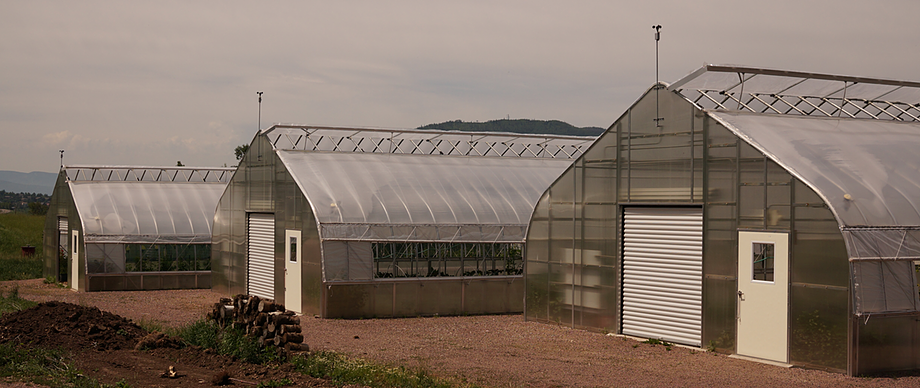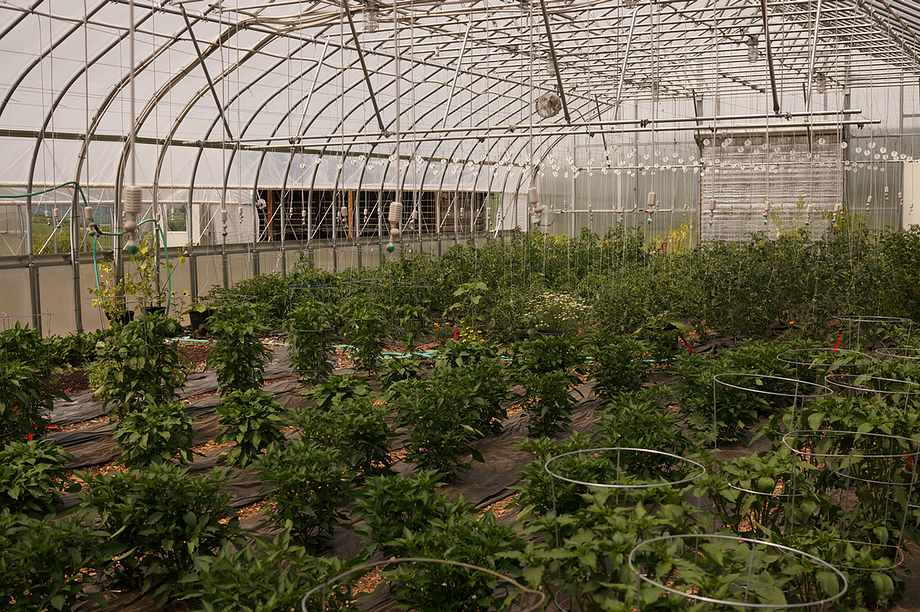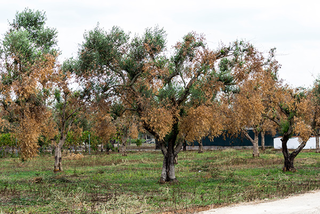15 August 2016
Authentic food news
- Hot on the heels of my confession two weeks ago that “I may have to rethink” non-coeliac gluten sensitivity, I am re-rethinking. Again. The scientist who originally described non-coeliac gluten sensitivity did another study, and found “absolutely no specific response to gluten”. So, what’s to blame? FODMAPs! (Fermentable Oligo-Di-Monosaccharides and Polyols) For a laugh, I went to fodmapfree.com, and blow me down if it wasn’t already a thing.
- I tell you what else is often not real: Key lime pie. Not even in the Keys: “It’s not easy to find real Key limes. Most of what you find around here are not indigenous limes. Those were wiped out by a hurricane in 1926.” Epicurious went in search of the real thing.
- Manga is a thing, so is food. But food manga? “[A] young chef at a contemporary high-end hotel wakes up on a battlefield during Japan’s civil war in the 15th century. … His cooking is so powerful that he is able to lure enemy combatants off the battlefield with the smell of grilled meat.” Unreal.
- Ready for a real gusher? Taste Australia’s Weirdest Produce in Attica’s Mysterious Garden.
- The thoroughly modern (post-Pasteur) version of the Reinheitsgebot permits yeast in addition to malted grains, hops, water in real German beer. But I don’t think it says anything about which yeast, which is good news for Belgian beer yeast boffins.
- Really unreal bonus: Hampton Creek just can’t help themselves. They paid people to ask stores to stock their pea-protein stabilised emulsion and buy large quantities. Now they claim it was for “quality control” and nothing to do with artificially inflating sales. Oh, and the animation in Bloomberg’s report is the stuff of nightmares.

 It’s all very well trying to eat local in a place like Rome or San Francisco, where the climate is relatively benign all year round and you can grow a great deal of produce without too much difficulty. But what do you do when you are at an altitude of more than 2000 metres with a growing season that is usually less than three months long? You do what you can, which in the case of Elkstone Farm, near Steamboat Springs in Colorado, means building four greenhouses, one of which is capable of ripening figs, citrus and even, occasionally, bananas. But it isn’t all greenhouses. Outdoors there’s a tangle of many different kinds of annual and perennial crops, which during the short growing season provide an abundance of fruits and vegetables.
It’s all very well trying to eat local in a place like Rome or San Francisco, where the climate is relatively benign all year round and you can grow a great deal of produce without too much difficulty. But what do you do when you are at an altitude of more than 2000 metres with a growing season that is usually less than three months long? You do what you can, which in the case of Elkstone Farm, near Steamboat Springs in Colorado, means building four greenhouses, one of which is capable of ripening figs, citrus and even, occasionally, bananas. But it isn’t all greenhouses. Outdoors there’s a tangle of many different kinds of annual and perennial crops, which during the short growing season provide an abundance of fruits and vegetables.



 Climate change and global trade combine to make it ever more likely that new pests and diseases will threaten food supplies. A classic example is playing out now in Puglia, the region that includes the heel of Italy’s boot. The disease is caused by a bacterium — Xylella fastidiosa — that clogs the xylem vessels that carry water up from the roots. No water means leaves shrivel and scorch and eventually the host plant can die. In 2013, Xylella was found for the first time in Europe, in olive trees near Gallipoli. Plant health plans swung into action, to try and eradicate, or at least contain, the disease. And so did politicians and activists, blocking progress with ignorance, half-truths and manipulation. In consequence, the disease has now spread to cover the whole of the Salento peninsula.
Climate change and global trade combine to make it ever more likely that new pests and diseases will threaten food supplies. A classic example is playing out now in Puglia, the region that includes the heel of Italy’s boot. The disease is caused by a bacterium — Xylella fastidiosa — that clogs the xylem vessels that carry water up from the roots. No water means leaves shrivel and scorch and eventually the host plant can die. In 2013, Xylella was found for the first time in Europe, in olive trees near Gallipoli. Plant health plans swung into action, to try and eradicate, or at least contain, the disease. And so did politicians and activists, blocking progress with ignorance, half-truths and manipulation. In consequence, the disease has now spread to cover the whole of the Salento peninsula.